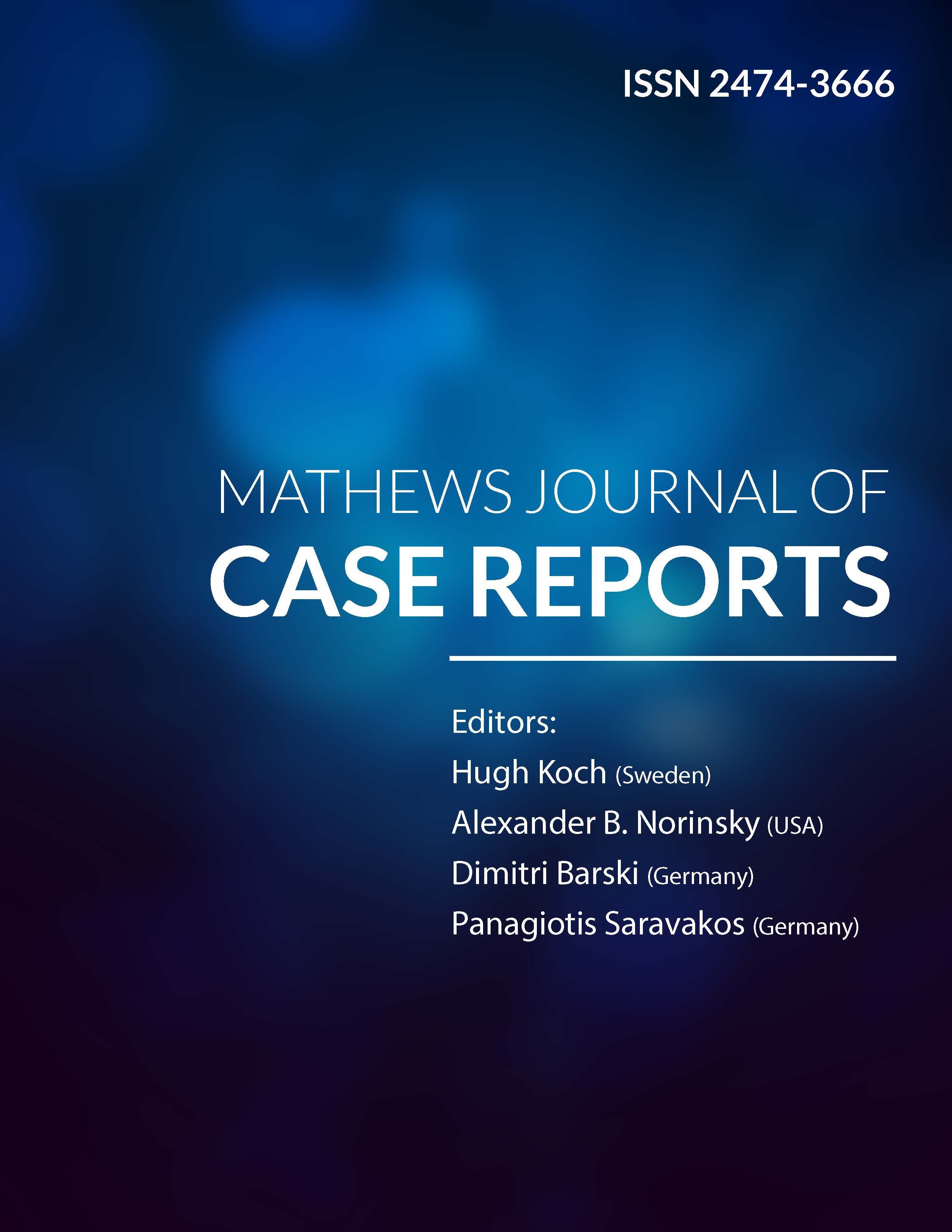
Information Links
Previous Issues Volume 8, Issue 11 - 2023
Characterization of COVID-19 through Clinical Manifestation, Diagnostic Evaluation and Management: A Study from CNMCH and Basirhat
Biplab Ghosh*, Joy Mondal, Rituparna Haldar, Ayesha Abid, Debashis Santra, Dipankar Bag, Bodhan Roy, Arijit Modak, Ananda Chaulya, Rafiqul Islam Khan
Department of microbiology, Calcutta National Medical College and Hospital 32, West Bengal 700014, India
*Corresponding Author: Biplab Ghosh, Department of microbiology, Calcutta National Medical College and Hospital 32, West Bengal 700014, India; Email: [email protected]
Received Date: November 29, 2023
Publication Date: December 09, 2023
Citation: Ghosh B, et al. (2023). Characterization of COVID-19 through Clinical Manifestation, Diagnostic Evaluation and Management: A Study from CNMCH and Basirhat. Mathews J Case Rep. 8(11):136.
Copyright: Ghosh B, et al. © (2023)
ABSTRACT
Background: The outbreak of a new corona virus (SARS CoV-2) that causes severe acute respiratory syndrome is clinically named as COVID-19. The virus is major cause of concern owing to its intensity of virulence and rapid spread across the world that causes more than two million of people infected and thousands of deaths. Aim: The aim of this research was to do surveillance among comorbid patients from two distinct hospitals of West Bengal, an eastern region of India. Methods: Nasopharyngeal and oropharyngeal sample was collected from the suspected patient for the isolation of the viral RNA followed by its diagnosis by RT-QPCR method. Results: We identified that, among 500 tested samples 50 (10%) were found to be covid positive. 60% (30/50) of the positive population were Asymptomatic and rest 40% (20/50) were Symptomatic. 6.66% (2/30) of the asymptomatic population were observed to be suffering from chronic renal disease and chronic lung disease each. Variation in comorbidity was observed among the Symptomatic patient where 10% (2/20) of the population were observed to be suffering from hypertension and diabetes and 35% (7/40) had severe respiratory problem. 44% (22/50) COVID patient were immunocompromised. Of these, 36.36% (8/22) of the immunocompromised Covid positive patient were Symptomatic and rest 63.63% (14/22) were asymptomatic. Conclusion: A variation of comorbid characteristics was observed and therefore a thorough clinical surveillance should be done to restrict the spread of infection.
Keywords: SARS CoV-2, COVID-19, Viral RNA, RT-QPCR, Co-morbidity